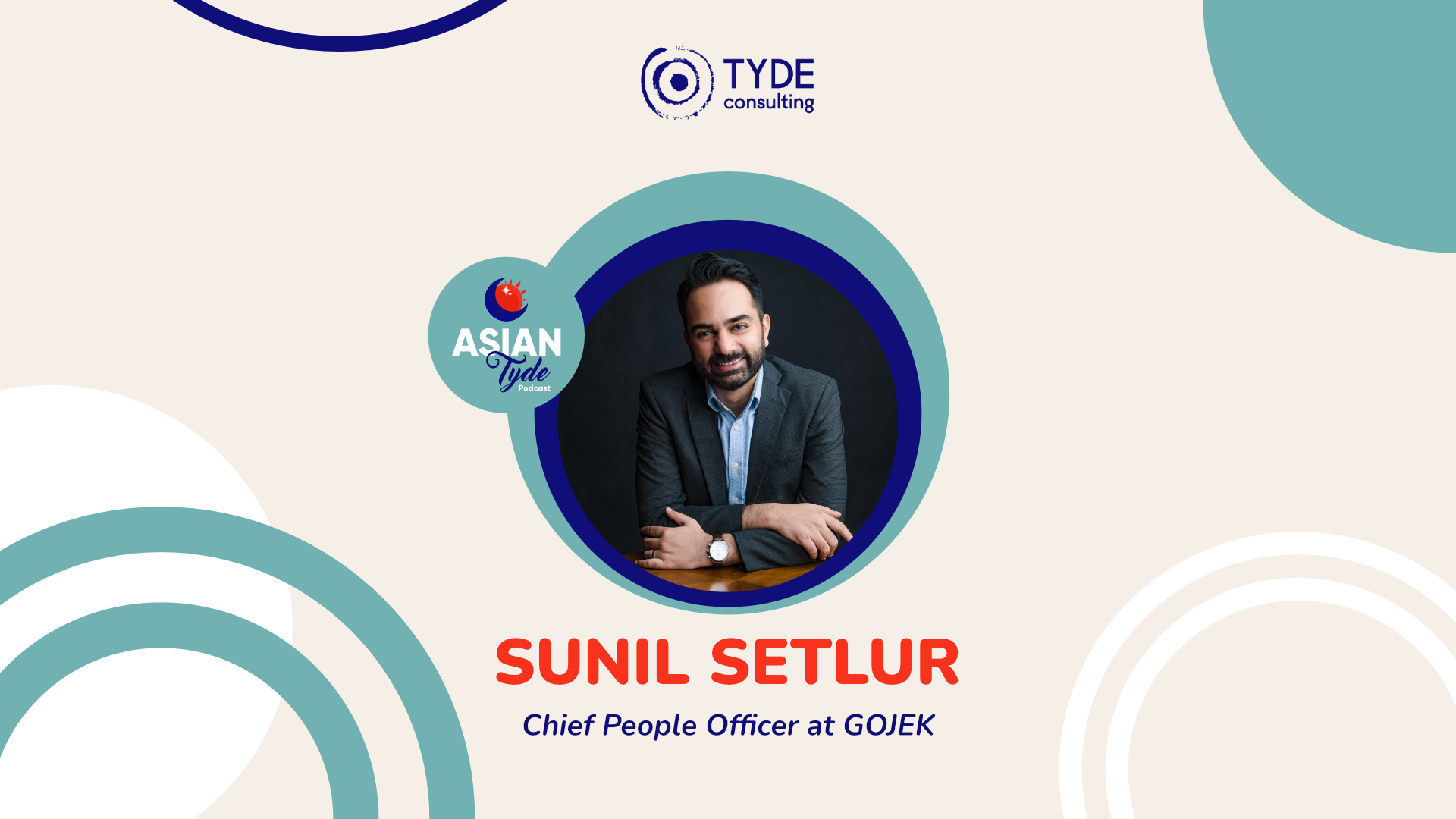Gojek is the world’s most-used on-demand app. In 2021, they gathered 190 million customers. Gojek offers a wide range of products and services that are mostly sold on a subscription basis. In the last episode of the Asian Tyde Podcast, we met with Chief People Officer at GOJEK, Sunil Setlur. In this blog post, we discussed a few common practices that can be applied by any company to improve their employee experience, using a bottom-up culture prism.
* Click to thumbnail below to watch full podcast episode
How Gojek uses data to make decisions for the betterment of employees?
There is no single definition of what it means to have a great employee experience. It is a combination of culture, strategy, and leadership. To build a high performing culture, leaders have to think about how they can build an organizational culture that's aligned with their strategy, and the strategy that they have in place. For example, Sunil explained: "If you're going to build a very innovative culture, one in which people are thinking ahead and creating new products, you want to help employees be able to be creative. You want them to be able to express their full self at work, and you need to help employees feel safe enough to do that." At the end of the day, there's no single definition of an employee experience, and no single way to measure it. And there is also no singular way to build that great employee experience. It's really a combination of strategy, culture, and leadership.
Nor are there any "best practices" when it comes to measuring and improving it. It has to be done on a culture-wide basis, but as a leader, you need to identify what works for your team. Sunil added: "So the first thing you should do is take a close look at the workflows within your company. Use Gallup, Qualtrics, or any dozen number of like well researched scientifically-valid mechanisms and survey questionnaires to measure the result. Ask yourself what needs to change for people to be able to deliver what they need to deliver, but also do things the right way."
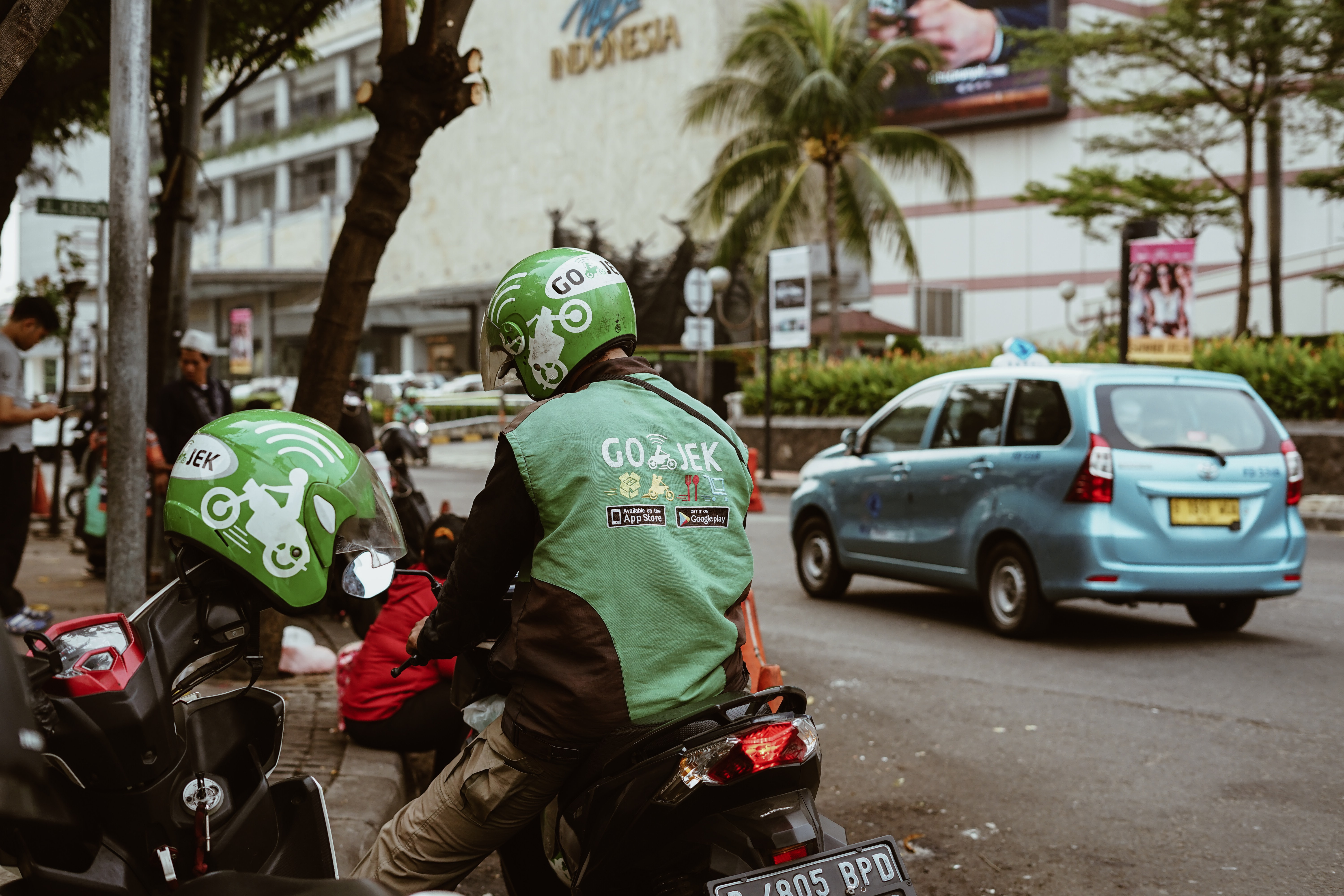
Yet, the most common mistake made in employee experience initiatives is to treat them as one-offs. When you approach these things, it's not about one-off interventions. It's about looking at the workflows that make sure that your employees are being effective, and are actually doing their job.
These are things like:
- Having a dedicated place in which employees can work, where they feel safe. It can indicate flexible workspace by working remotely or hybrid.
- Ensuring that you have technology that's easy to use, that is up to date, and that allows you to scale.
- Having strong management structures in place so that your employees can go home at a reasonable hour.
- And making sure that you have a clear communication strategy, that lets people know what is expected of them, what they need to do to achieve that.
How GoJek managed to build their regional management system
Sunil shared that, "We try and create that sense of being inclusive and having one standard, no matter where you're from."
Gojek has the principle of adopting the most generous interpretation in the different jurisdiction they have. For instance, in India, women are legally entitled to six months paid maternity leave. And they adopted that policy around all of our markets. "These are different ways we look at what is the best experience in different countries and try and bring back to all countries." It creates the sense of everyone is treated fairly, irrespective of where they are, which is people oriented perspective in HR strategy.
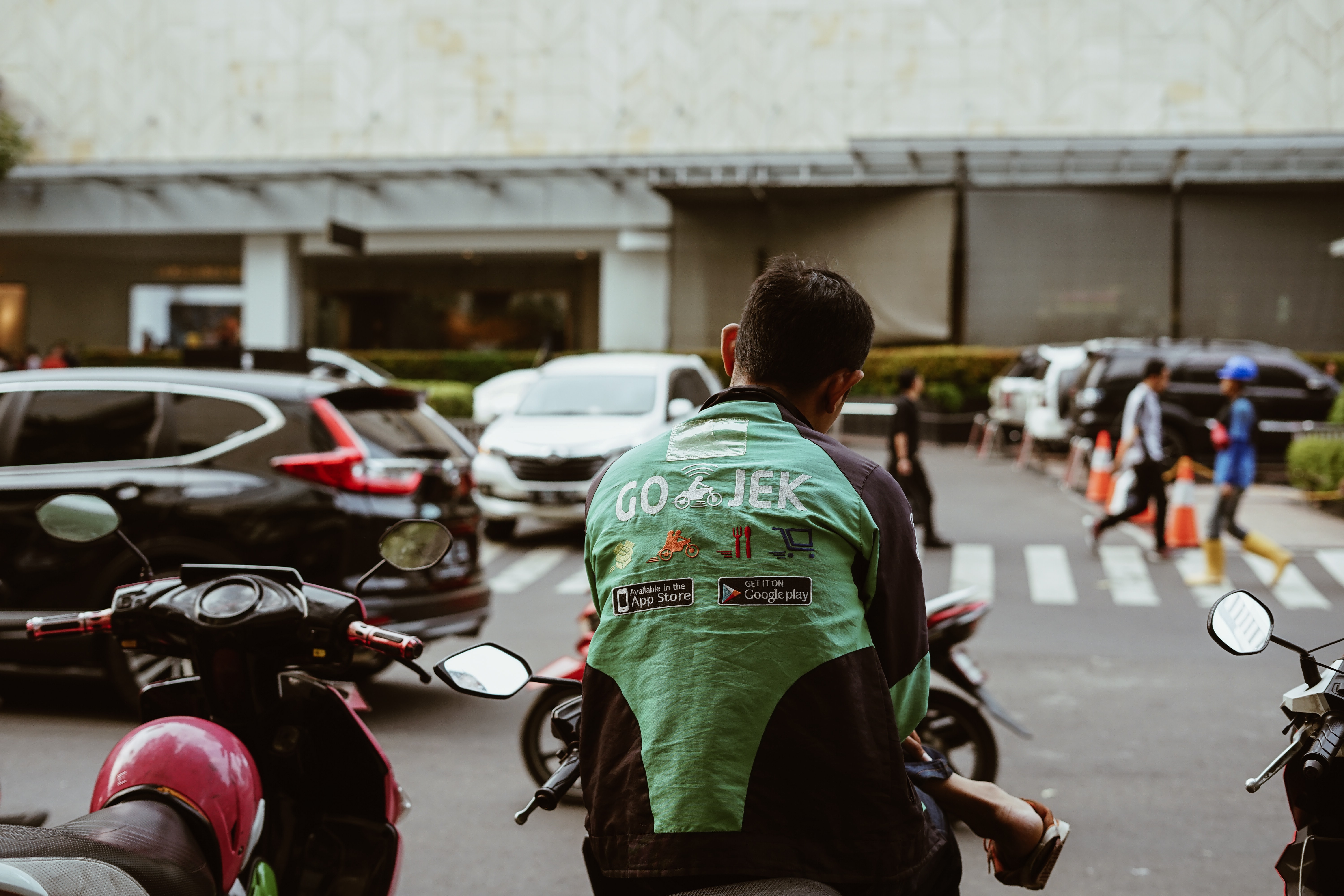
Sunil explained: "I think Gojek is unique because it's a very bottom up company." A lot of employee practices come from listening programs, either through engagement survey, focus group discussions, they have lots of open channels for people to just give feedback and ask for things and suggest different ways of doing things, and then that gets formulated into programs and policies and then executed out. Summing up, Sunil concluded that, "We try and create that sense of being inclusive and having one standard, no matter where you're from."
As Gojek scaled up, it's gotten harder to manage. Therefore, they have a layer in the middle that's very vocal and active, which are leaders and managers. They have had to formalize planning process, for instance, has had to become a bit more long term. When they grown up to today's size, Sunil said a lesson: "We can't afford to be disorganized. Thus, things like quality of life, experience of people is very much a bottom up culture. But things like business goals, business objectives, is getting a bit more top down."
How Gojek make employees more engaged with the organization?
He explained that, "One of the big things that we've done is, you know, we have a very transparent way of managing our business, which means that we publish the surveys that we do quarterly to let people see where we're at, how things are going. We also have monthly town hall meetings where we're open to everybody. We have a very transparent system in place, so that if people want to speak up and give their feedback, they can." To address this, Sunil mentioned that, "We have monthly town hall meetings, where our CEO and all of the leaders and people who are in charge of a particular part of our business come and answer any question that any of the employees has. And if they have any issues or problems or concerns or questions about how we're doing, they can speak up and get an answer right away."
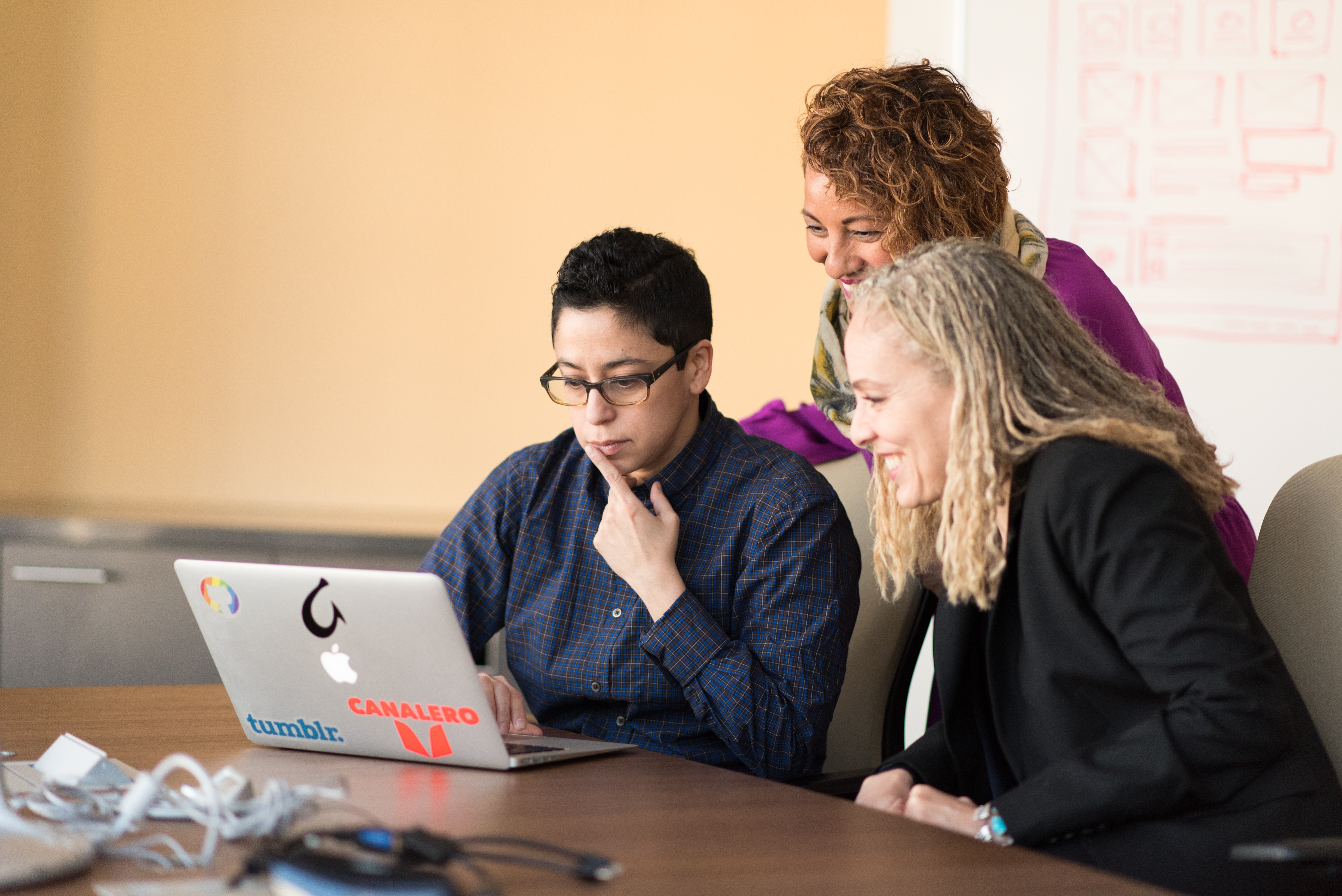
Sunil shared: "It gives people the permission to express their opinion and say, 'Why do you think this is not working? How can we fix it?'" It provides a safe space for employees to have a voice and be heard.Employees feel like their ideas matter, and they feel like their opinions matter. As has been noted by Sunil, it's an inclusive company, so you get to see more of the company culture. Gojek used to fund programs to support drivers. They found vaccination programs, food programs, like productivity programs, just make sure the drivers ecosystem is correct.
Sunil concluded: "It's the way that we treat people, and the way we let them do their job." It creates a better quality of life for everyone, and in turn, people will be more engaged, and ultimately, that's what we want to create. And we wouldn't have done that if it wasn't our core value: They don't work for us, they work with us."
To conclude, Sunil concluded that: "We believe in empathy as much as we do compassion, and that is a different way of thinking. Because the whole point of empathy is that it helps you empathize, but the difference between empathy and compassion is that empathy just puts you in their shoes and you understand what they're going through, but compassion puts yourself in their shoes and understands what they're going through, and how you can help them out."
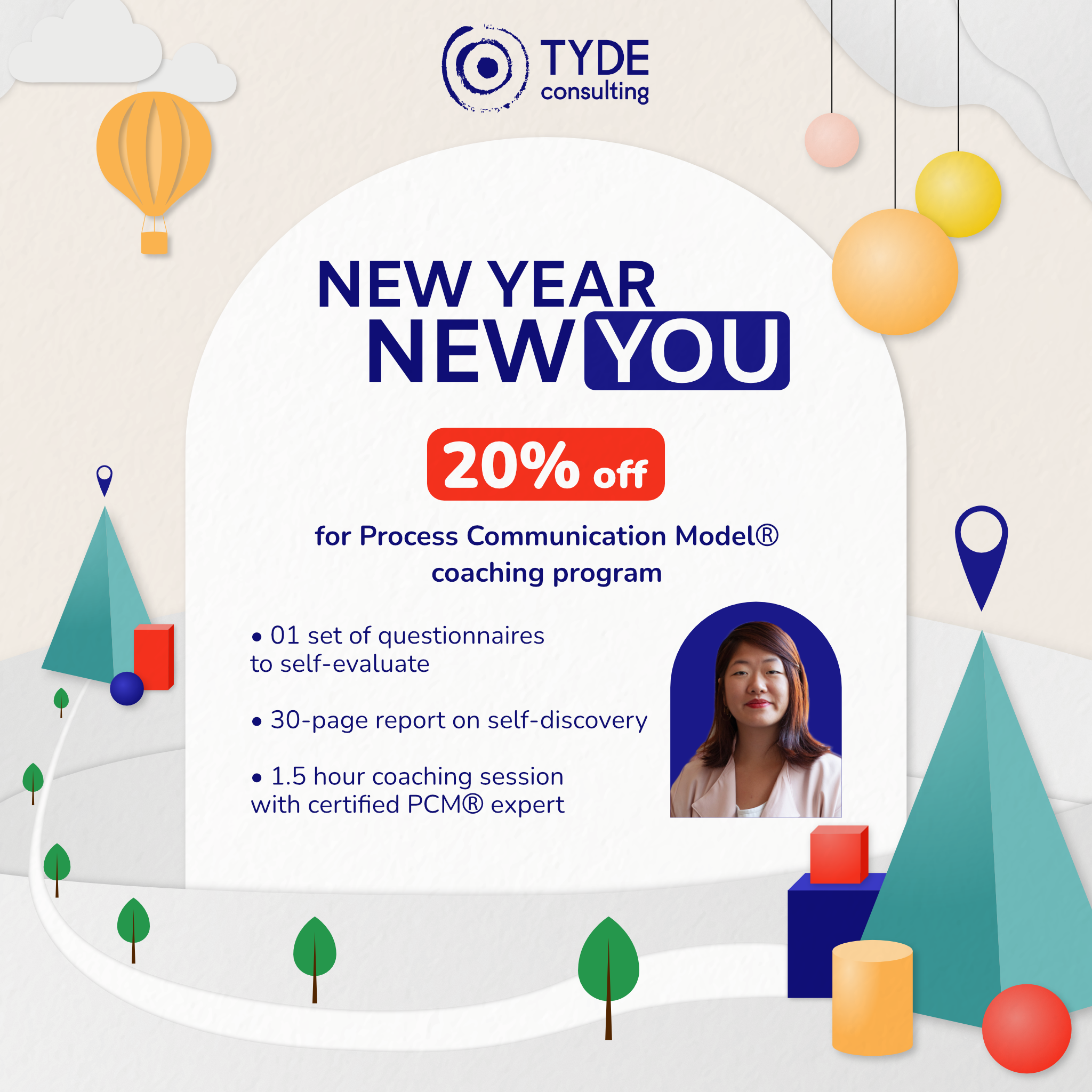
This is how to create a positive culture and encourage innovation and creativity at work. The employee experience is an important factor when measuring the overall effectiveness of a business. A bottom-up culture is where each person has an opportunity to participate and contribute. Everyone is expected to do their part and we hold each other accountable. When you have a culture of accountability, you get results.
TYDE Consulting uses Process Communication ModelⓇ to integrate safe spaces into your business. It allows you to leverage the emotional intelligence of employees and customers while reducing the fear of social situations and awkwardness that can happen in everyday interactions. This framework will not only ensure your communications are relevant, but also help you identify the gaps between departments in the business. Find out more here.

